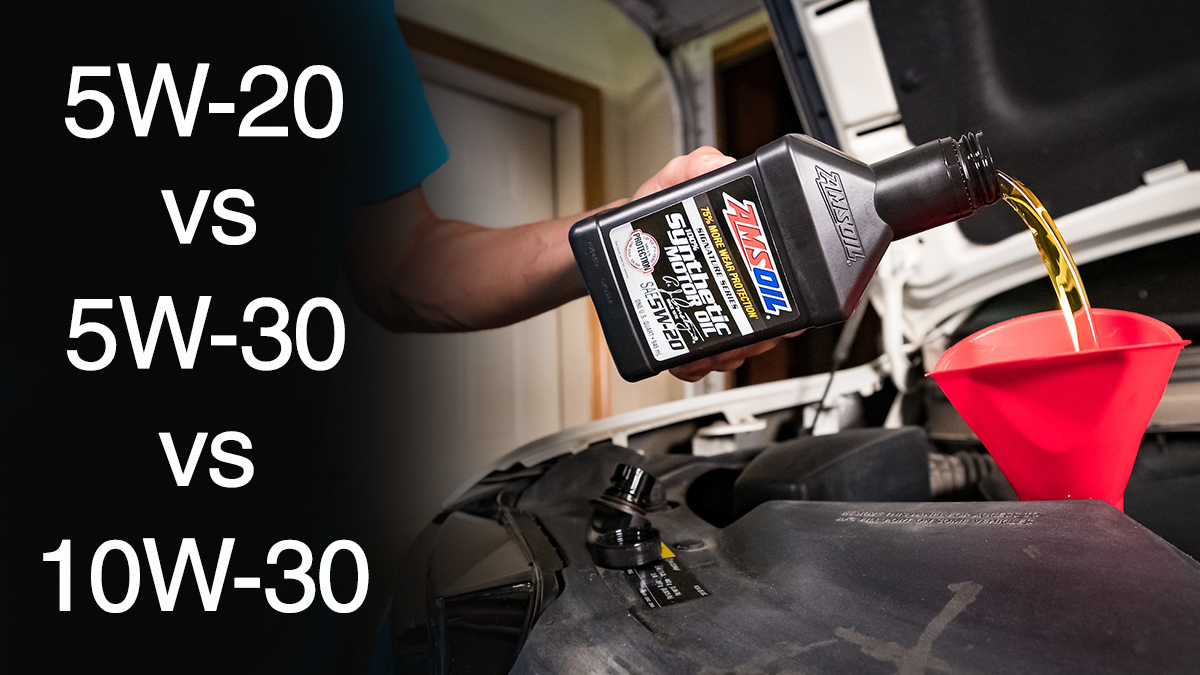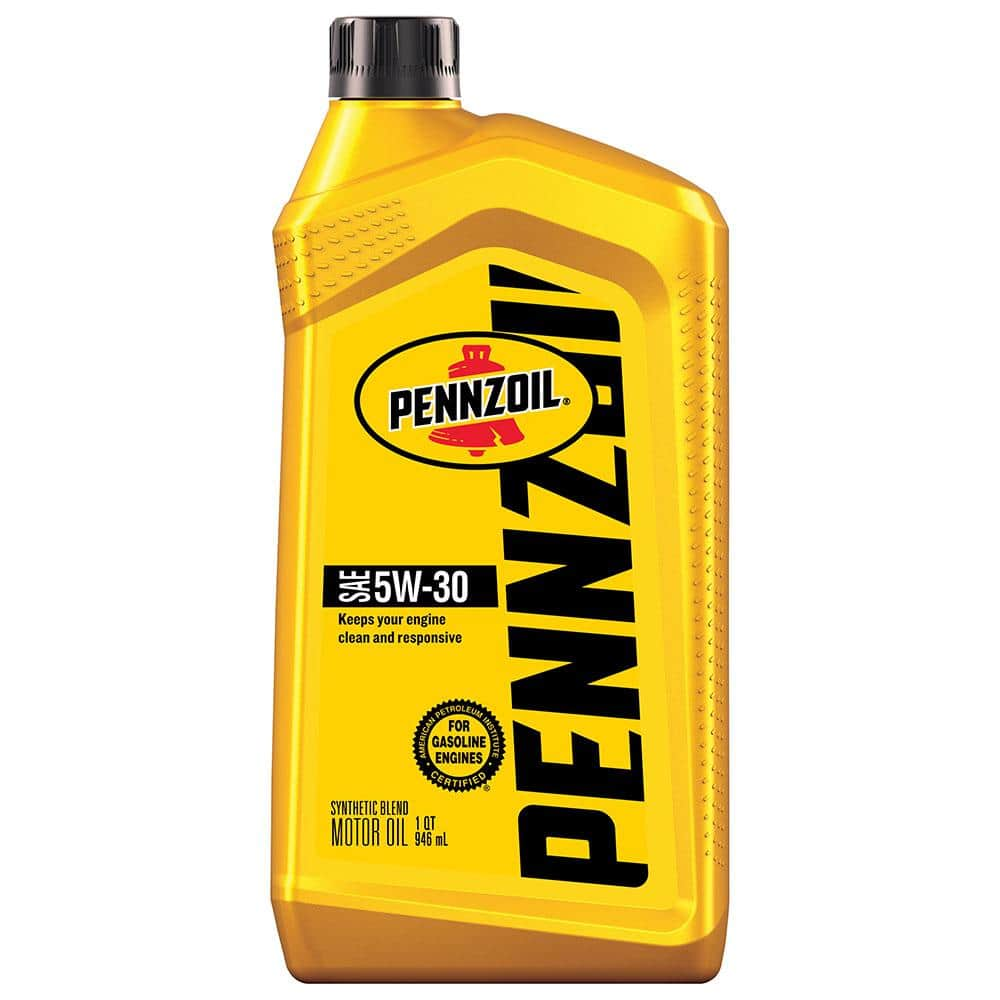Are you puzzled about motor oils? You’re not alone! Let’s explore if 5W30 can replace 5W20.
Decoding Motor Oil Labels
Motor oil is vital for your car’s engine. The numbers and letters tell us a lot. Here’s what they mean:
- 5W – How easily the oil pours at low temperatures.
- 30 or 20 – How thick the oil is at high temperatures.
A better understanding helps you make better choices for your car.
Can You Use 5W30 Instead of 5W20?
Yes and no. It depends on your car’s needs. Consider these before switching:
| Factor | How It Helps Decide |
|---|---|
| Manufacturer’s Recommendation | Stick to what your car manual says. |
| Climate | Warmer areas might be more forgiving for thicker oils. |
| Engine Age | Older engines might benefit from thicker oils. |
| Fuel Economy | Thinner oils generally give better fuel economy. |
Keep in mind, going against what’s advised can lead to trouble.
Credit: www.quora.com
Understanding the Impact on Your Vehicle
Using a different oil change how your engine runs. Here’s a simple look:
- 5W30 might make the engine work slightly harder.
- 5W20 is usually better for fuel efficiency.
Always think about the long-term effects on your car.

Credit: blog.amsoil.com
Pros and Cons of Switching to 5W30
Pros:
- Good for high mileage engines.
- Can provide more protection from heat.
Cons:
- Might reduce fuel economy.
- Could lead to engine wear if not suited.
Weigh the pros and cons carefully.
Final Tips and Tricks
Remember these points:
- Check your owner’s manual.
- Consider your driving conditions.
- When in doubt, ask a professional.
- Regular oil changes are key.
Staying informed helps keep your car happy.

